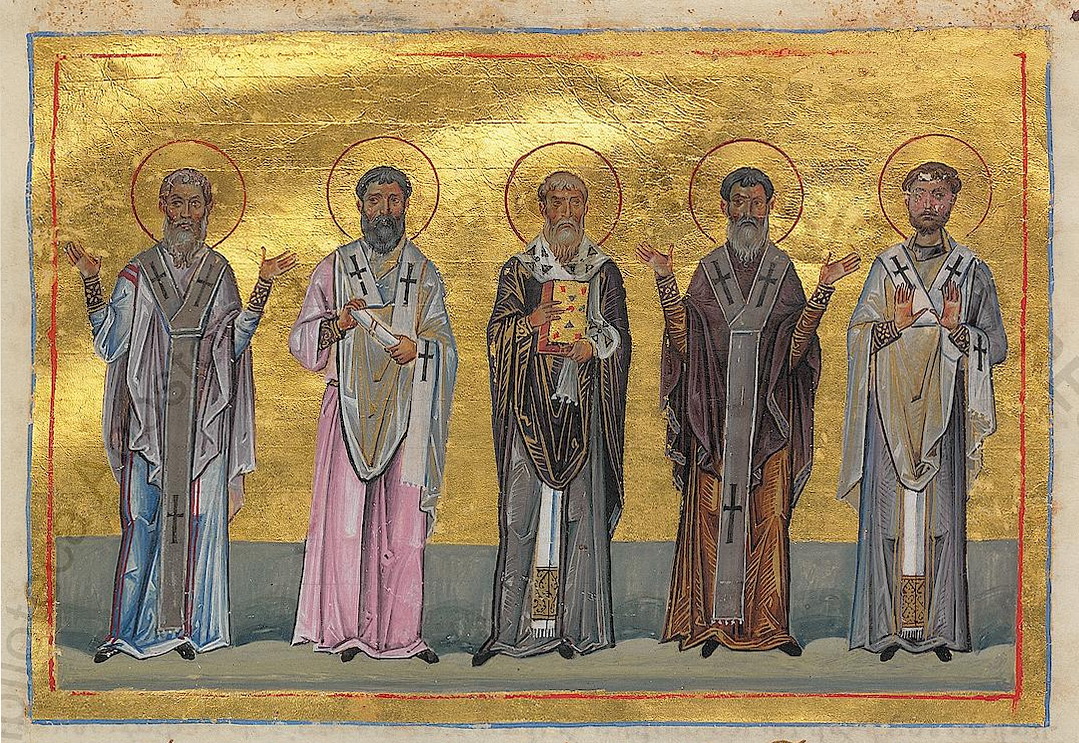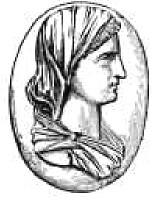The Marcionite Church is pleased to announce the establishment of the Menologion, the official liturgical calendar of the Marcionite Church.
The Menologion consists of several Holy Days, which are categorized into Holy Week and Holy Feasts. Holy Feasts are further divided into Major Feasts and Minor Feasts.
On Holy Days, Marcionite Christians are expected to attend Divine Liturgy and refrain from work and recreation.
Each Holy Day in the Marcionite Church corresponds to an actual historical event. No date is arbitrary; every observance must have a foundation in either Sacred Scripture or Sacred Tradition.
Holy Week
Marcionite Holy Week consists of moveable feasts and fasts, in contrast to the fixed dates of the Holy Feasts.
Marcionite Christians observe Good Friday on the first Friday of April. Jesus was crucified on Friday, April 3, 33 C.E., a date that coincides with a Blood Moon lunar eclipse. The eclipse began at 2:01 P.M.—approximately one hour before Jesus’ death—and lasted exactly 333 minutes, concluding at 7:34 P.M.
“And it was about the sixth hour, and darkness came over the whole land until the ninth hour. And the sun was darkened, and the veil of the sanctuary was rent in the midst. And when Jesus had cried with a loud voice, he said, ‘Father, into thy hands I commend my spirit.’ And having said this, he expired.”
Evangelicon 22:59–61
Using this date as a reference point, Marcionite Christians can determine the precise dates of Holy Week each year, beginning with the first Friday of April:
- Holy Sunday – Jesus’ arrival in Jerusalem
- Holy Monday – The Parable of the Minas
- Holy Tuesday – The cleansing of the Temple and Jesus’ response to the questioning of His authority
- Spy Wednesday – The betrayal of Jesus by Judas
- Holy Thursday – The Last Supper
- Good Friday – The Crucifixion of Jesus
- Black Saturday – Jesus laid in the sepulcher
- Easter Sunday – The Resurrection
- Ascension Monday – Jesus’ Ascension
Both Spy Wednesday and Good Friday are designated fast days.
Marcionite Christians were the first Christian group to oppose celebrating Easter on the same day as the Jewish Passover.
Holy Feasts
The Marcionite liturgical calendar includes two Major Feasts and two Minor Feasts, all celebrated on fixed dates.
Major Feasts
Christmas – November 24
Marcionite Christians celebrate Christmas, also known as the Feast of the Descent, on November 24, marking the exact day Jesus descended into Capernaum from Heaven in 29 C.E. This date corresponds with a total solar eclipse that occurred at 11:05 A.M. and lasted precisely one minute and 59 seconds.
Hallowmas – January 10
Hallowmas, also known as the Feast of the Martyrs, is observed on January 10 in honor of Asclepius, the Marcionite bishop of Eleutheropolis, who was burned alive in Caesarea during the Diocletianic Persecution in 310 C.E.
This is the only recorded date of a Marcionite Christian martyrdom that is historically verified.
Marcionite Hallowmas commemorates all Marcionite Christian martyrs, both known and unknown.
Minor Feasts
Feast of Marcion – July 15
The Feast of Marcion celebrates the life and contributions of Marcion of Sinope and is observed on July 15, the Ides of July. This date is derived from an early Marcionite phrase:
“One hundred fifteen years and six and a half months between Christ and Marcion.”
Tertullian also cites this phrase, which refers to the period from Jesus’ descent to Earth in the fifteenth year of Tiberius Caesar (29 C.E.) to the excommunication of Marcion by the Roman ecclesia and the founding of his new Pauline church, the Marcionite Church, in July 144 C.E.
Marcion of Sinope’s unwavering courage, strengthened by the Holy Spirit, enabled him to reveal that the true Christian God was made known only through Jesus Christ.
On this day, Marcion of Sinope’s Homily to Diognetus should be read as the homily during Divine Liturgy.
Feast of the Cross – September 14
The Feast of the Cross is observed on September 14. According to Christian tradition, the True Cross was discovered on this date in 326 C.E. by Helena of Constantinople, mother of Emperor Constantine the Great, during her pilgrimage to Jerusalem.
Following the discovery, the Church of the Holy Sepulchre was built at the site under Helena and Constantine’s direction. The church was dedicated nine years later, with a portion of the True Cross enshrined within it.



